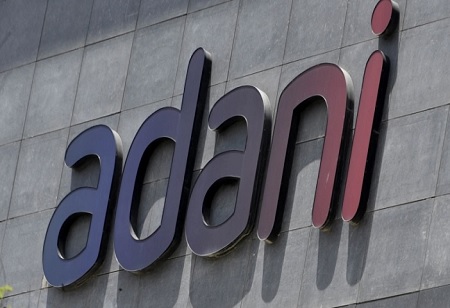
Adani group firm launched the Karur Transmission project, which comprised building the Karur Pooling Station and a related transmission line extending 8.51 circuit kilometres (CKM) in Tamil Nadu, Adani Energy Solutions Ltd. saw a 2% increase in share price during trading.
Adani Energy Solutions claimed the project would make it easier to evacuate power from renewable sources in the Karur/Tiruppur Wind Energy Zone, with a 1,000 MVA transformation capability. The Adani group also added that the project would help the widespread integration of renewable energy sources and fortify the Southern Regional grid.
Adani Energy Solutions has a number of transmission projects in various states of construction in addition to its portfolio of operational projects. The BSE price of the stock was Rs 754.445, up 1.59%. It peaked earlier in the day at Rs 759. With multiple wind farms currently under development and large wind energy capacity, the Karur/Tiruppur Wind Energy Zone is an important wind corridor in Tamil Nadu. The project to guarantee the efficient evacuation of up to 2500 MW of green power generated in the area was given to Adani Energy Solutions.
"This project supports India's objective to attain 500 GW of green energy by 2030 and is in line with the country's decarbonization ambitions. It will improve consumers' access to clean, dependable energy for home, commercial, and industrial use. This project, which covers the build, own, operate, and maintain basis, was awarded to AESL in December 2021 through the Tariff-Based Competitive Bidding (TBCB) process.
Adani Energy Solutions claimed that in spite of several obstacles, the project was completed quickly, taking into account topological difficulties while reducing environmental effect.
"During the execution, a number of novel techniques were used, such as the application of sophisticated cybersecurity endpoint solutions via the most recent SCADA system, high-boom lifts and cranes for tower building, and high-boom RMC machines for concreting operations. Additionally, the project required working around the clock in several shifts, which facilitated faster development".
We use cookies to ensure you get the best experience on our website. Read more...